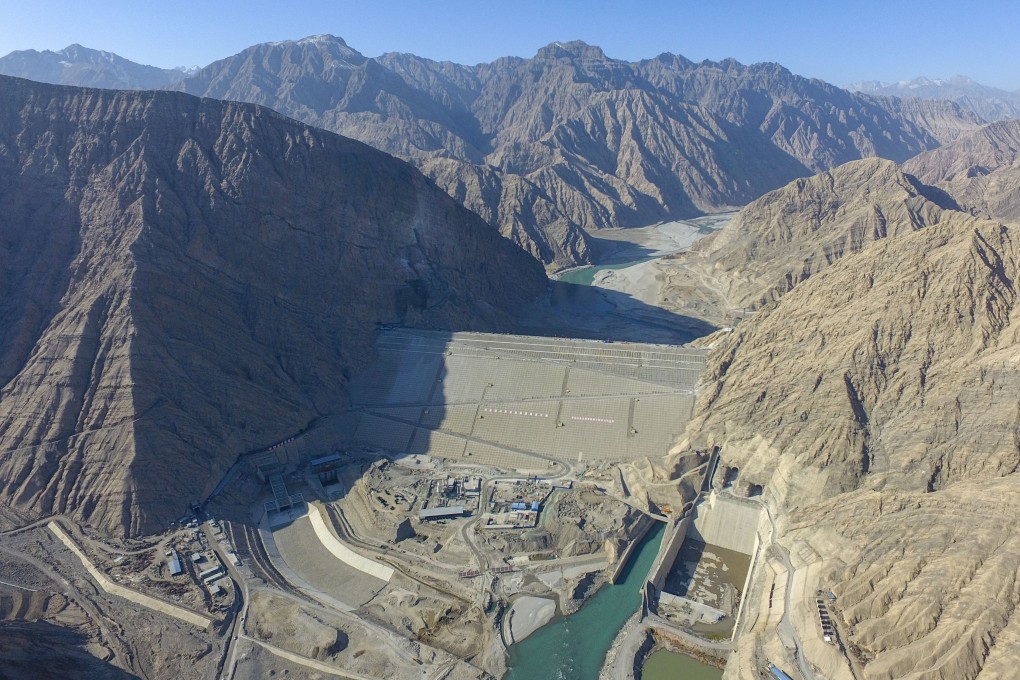Opinion | China’s dam-building programme must take neighbours into account
- Since China began damming the Mekong, droughts have become more frequent and intense in downriver countries
- By diverting river water to its mega-dams, China has emerged as Asia’s upstream water controller, giving it great leverage

The building of large dams has increasingly run into opposition in established democracies but gained momentum in autocratic states, which often tout their benefits for combating droughts and water shortages. But, as the Mekong basin illustrates, giant upstream dams can contribute to river depletion and intensify parched conditions. The spate of dam building in Asian autocracies is exacerbating already fraught water security disputes.
India’s river-linking plan remains in the realm of fantasy but a similar programme in China has been transferring water domestically through the central and eastern routes.
In fact, given the power of non-governmental organisations in India, it has become increasingly difficult to build large dams there, blighting the promise of hydropower. Proof of this was the federal government’s 2010 decision to abandon three dam projects on the Bhagirathi River, a Ganges tributary, including one that was already half-built, with authorities having already spent US$139 million on construction work and ordered equipment worth US$288 million.
The recent debut of the 1,285-megawatt Xayaburi Dam in Laos illustrates how autocracies defy protests and concerns to complete projects. Xayaburi – the first of at least nine Mekong dam projects in Laos – was commissioned despite concerns that it could worsen the drought in the downstream basin in Cambodia and Vietnam.